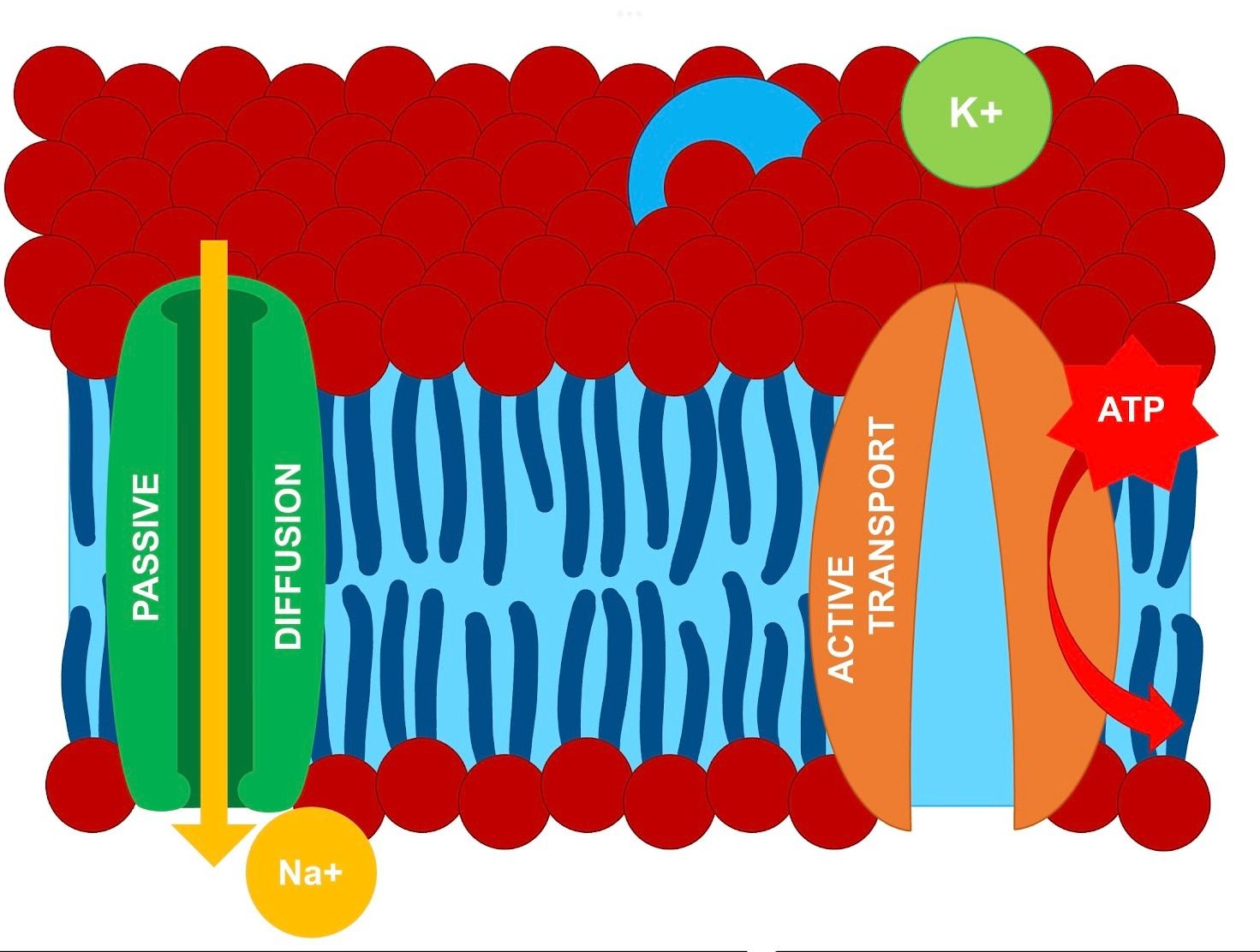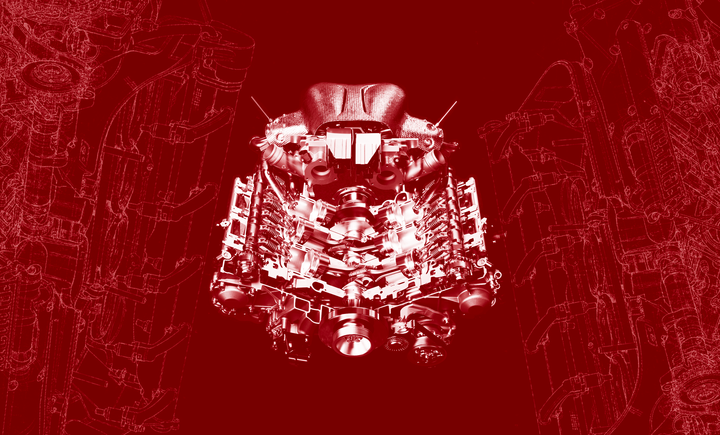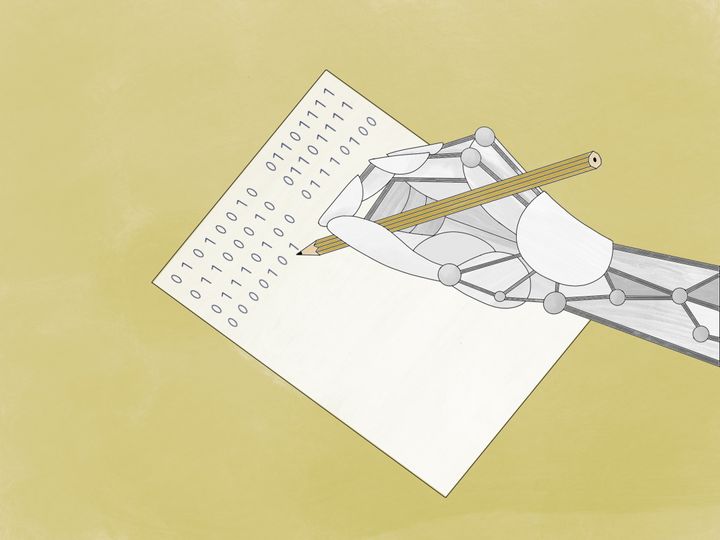‘We are Electric’ explores the unlimited potential of biological communication between cells to help our body heal—be it tissue regeneration or cancer treatment. Those seeking to understand this potential would benefit from Adee’s technical and engaging narrative. Book review by Julia Wojciechowska.
After growing an eye on a frog’s stomach and regrowing a frog’s severed leg, Michael Levin’s Lab at Tufts University is now working on regrowing fingers in mice. His lab’s breakthroughs for tissue regeneration are funded by a $16 million investment from DARPA, the Defense Advanced Research Projects Agency in the US. Scientists like him are learning how to harness the power of natural bioelectricity using artificial stimulation to achieve remarkable results.
Acclaimed science communicator, Sally Adee, argues that the bioelectrical revolution is the future. In her book ‘We Are Electric’, she calls for an integrated understanding of bioelectricity—a specific property of cell communication, which so far has been siloed into subdisciplines. The book builds upon the late 20th-century work of Robert O. Becker’s ‘The Body Electric’, providing a fresh perspective on new developments while explaining the science behind them.
For instance, we think thanks to our brain cells communicating through electrical signals generated by the movement of charged ions. When these ions enter or exit the cell, a difference in charge called the potential difference is established across the membrane which forms the basis of communication. In the case of brain cells, sodium/potassium ion exchange across the cell membrane leads to a potential difference that results in the electrical signal being passed on to the next cell. These exchanges along our nerve cells allows our brain to recognise and respond to stimuli like touch, smells, images, and sounds.

This ion-exchange doesn’t just occur in brain cells but in every cell of our body. The cell membrane, the packaging that holds the cell together, plays a critical role in this communication. It is semi-permeable, meaning that only specific substances can diffuse through. Ion channels, special proteins embedded in the membrane, act like gates that also control the movement of ions in and out of the cell. While bioelectricity refers to the movement of ions across cell membranes, the bioelectric code actually dictates how ions and ion channels work together to enable cell communication.
‘We are Electric’ spans many developments in the field and stresses the immense potential of bioelectricity to cure our bodies of many illnesses. Starting with better-known developments such as cardiac pacemakers, sensory implants in the brain, and spinal regeneration, the author expands into more sophisticated advances in ageing, cancer research, embryo development, and stem cell behaviour. Finally, Adee looks into the future of bioelectronics, novel organic materials, and applications of electricity to enhance cognition and memory.
One such development is that of Chernet and Levin [6], who found that cancer cells have unusual electrical properties. They use electric signals to restore the natural electric state of these cells which decreases the number of tumours, revealing that electric signalling could be a way to treat cancer.
Another promising advance discussed in the book could help us use technology to repair damaged body tissues. A group of researchers at the University of California have been studying the effect of controlling the voltage in a special type of cell called a stem cell. They are unique as they can turn into any kind of cells in the body, from muscle to skin and nerve cells. By controlling the voltage of the stem cell's outer layer, the researchers were able to make it develop into the specific type of cell they wanted.
The field of bioelectricity is now buzzing with exciting developments, but it took over two hundred years to arrive where it is today. Around the 1780s, Galvani began researching the role of electricity in muscular motion, which was disputed by Volta and ultimately overshadowed by his invention of the battery. In the ensuing years, experiments in muscular stimulation became constrained to pseudoscientific experiments such as the electrification of a decapitated dog in public. This, in turn, stained the reputation of bioelectricity, discrediting its researchers who were associated with reanimating the dead.
Throughout the book, Adee highlights the reliance of scientific innovation on venture capital (VC). One of the examples she gives is that of ClearEdge, a medical device that used electrical signals to distinguish between healthy and cancerous tissue during breast cancer surgery. Despite promising results in trials, the company ran out of funding before any follow-up trials could have happened. This has been a common issue amongst companies which develop cutting-edge technologies — inventing is after all resource-intensive. However, thanks to governmental agencies like DARPA investing patient capital into high-risk, high-reward research, the future of bioelectricity looks brighter.
We Are Electric: The New Science of Our Body’s Electrome by Sally Adee, Canongate Books £20, 352 pages
References:
- An eye on a frog’s stomach: Pai, Vaibhav P., et al. ‘Transmembrane Voltage Potential Controls Embryonic Eye Patterning in Xenopus Laevis’. Development, vol. 139, no. 2 (2012), pp. 313–23, doi: 10.1242/dev.073759
- Severed leg: Tseng A.-S., et al. ‘Induction of Vertebrate Regeneration by a Transient Sodium Current’. Journal of Neuroscience, vol. 30, no. 39 (2010), pp. 13192–13200, doi: 10.1523/JNEUROSCI.3315-10.2010
- Regrowing fingers in mice: Levin, Michael. ‘What Bodies Think About: Bioelectric Computation Beyond the Nervous System as Inspiration for New Machine Learning Platforms’. The Thirty-second Annual Conference on Neural Information Processing Systems (NIPS). Palais des Congrès de Montréal, Montréal, Canada. 4 December 2018, slide 49 https://media.neurips.cc/Conferences/NIPS2018/Slides/Levin_bioelectric_computation.pdf
- DARPA: Sheehan, Paul. ‘Bioelectronics for Tissue Regeneration’. Defense Advanced Projects Research Agency https://www.darpa.mil/program/bioelectronics-for-tissue-regeneration
- ‘The Body’s Electric’: https://robertobecker.net/
- Chernet and Levin: Chernet, Brook, and Michael Levin. ‘Endogenous Voltage Potentials and the Microenvironment: Bioelectric Signals that Reveal, Induce and Normalize Cancer’. Journal of Clinical and Experimental Oncology, Suppl. 1:S1-002 (2013), doi: 10.4172/2324-9110
- Develop into the specific type of cell: Feng J. F., et al. ‘Electrical Guidance of Human Stem Cells in the Rat Brain’. Stem Cell Reports, vol. 9, no. 1 (2017), pp. 177–89, doi: 10.1016/j.stemcr.2017.05.035
- Healthy and cancerous tissue: Dixon, J. Michael, et al. ‘Intra-operative assessment of excised breast tumour margins using ClearEdge imaging device’. European Journal of Surgical Oncology 42 (2016), pp. 1834–40, doi: 10.1016/j. Ejso.2016.07.14





